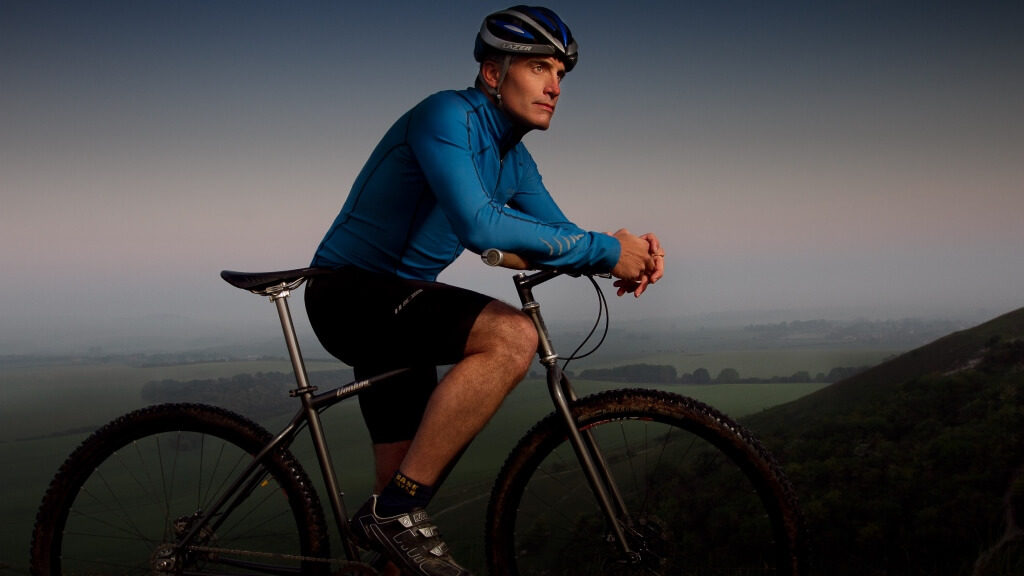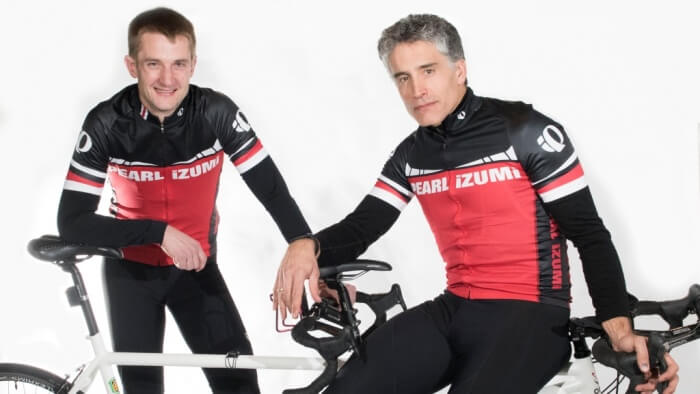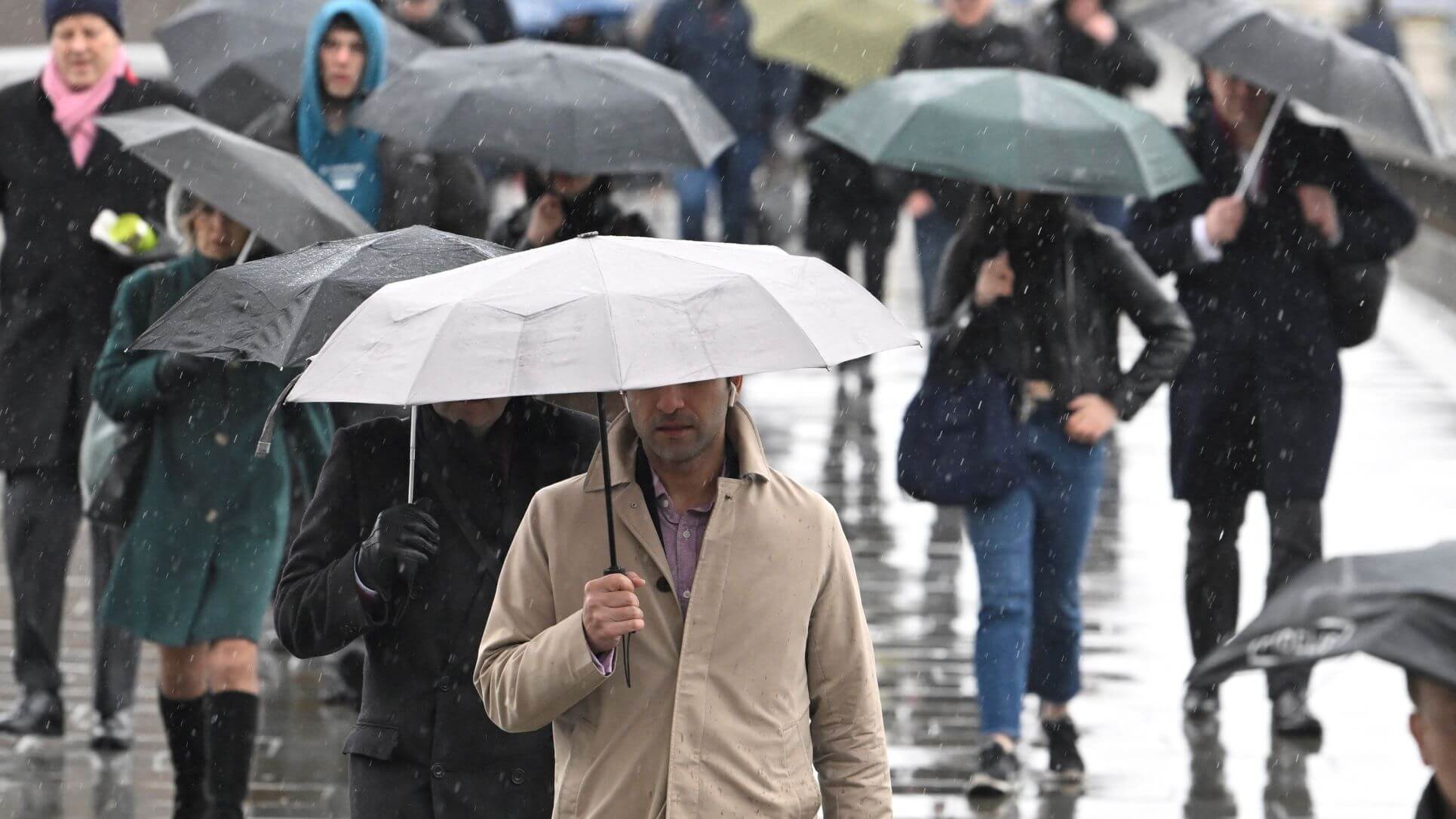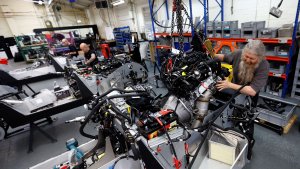Pals Charlie Mitchell and Dominic Irvine recently smashed a cycling record that stood for nearly 50 years. Along the way they learned some powerful lessons that could help you achieve anything.
Lessons In Business From A Long Tandem Bike Ride
Pals Charlie Mitchell and Dominic Irvine recently smashed a cycling record that stood for nearly 50 years. Along the way they learned some powerful lessons that could help you achieve anything.

On paper, we didn't have the greatest recipe for a team trying to break one of the oldest records in cycling: the tandem Lands End to John O’Groats record set 49 years ago. Despite repeated attempts, it had resolutely resisted assaults by truly gifted athletes including Olympic gold medalist James Cracknell.
In our case the riders were enthusiastic amateurs and only one of us had a history in endurance events. The support team was a mix of work colleagues, friends and sponsors. Most of them didn’t ride bikes and had little or no experience of anything like this before. Everyone had full-time day jobs that had nothing to do with this project.
And yet we did it. We smashed the old record by over 5 hours, recording a time of 45 hours, 11 minutes and 02 seconds to cover the 842.6 miles.
It took three attempts mind you, but every other team attempting this record has taken at least two attempts. Since breaking the record, we’ve spent hours musing on why we were able to do it when so many others had failed. The answers are below.
Right people, right seats
Jim Collins in ‘Good to great’ wrote “If we get the right people on the bus, the right people in the right seats, and the wrong people off the bus, then we’ll figure out how to take it someplace great”. The right people means three things.
1. We valued the same things in what we did and how we did it. For example, everyone bought into the idea that it about helping the riders with what they needed to succeed. And for the riders, it was a deep respect for the efforts of others that motivated us to train and work hard throughout.
"The benefit of failing twice is there is a lot to learn"
2. Everyone knew the difference between doing a job and holding a responsibility. What really struck us was the distinction between fairness in terms of an equal share of the work and fairness in the sense of everyone doing the best they could.
These are different things. The latter places no value on one person doing more than another, the focus is on getting the best from each person, and this is how we operated. The former leaves some people stretched and others capable of giving more.
3. The level of enthusiasm and commitment negated the need for management. It still needed leadership to guide everyone in the right direction, but no-one needed to be ‘managed’.
Keep it simple
In riding so far in one go, there is the opportunity to chase other prizes such as the 12 and 24 hour and 1000 mile distance records (all of which were within our grasp).These goals place different demands and expectations and confuse the issue. By keeping the goal incredibly simple and focused, there was no ambiguity.
The complexity of the challenge managing one bike, two riders, two vehicles, eight support crew, two official observers and a kit list of hundreds of items from one end of the country to the other is complex. All the logistics were drilled down to two simple objectives:
1. Keep the riders and crew safe
2. Keep the bike moving
This absolute clarity of purpose helped make it easy to work out the right thing to do.
Restless, relentless review
The benefit of failing twice is there is a lot to learn. There is a danger when things go wrong that people can be a bit protective about what they did and the critical scrutiny required to learn the lessons can feel like a bit of a personal attack.
In our situation, no stone was left unturned. There was a restless and relentless energy to improve every dimension of what we were doing, whether this was the riders working out how to become more aerodynamic or the support team thinking through how to pack the boxes of kit.
The real power of this came in the ability to have very direct conversations about things that were happening and needed to change without people getting angry or upset. They simply worked the issue through, found a better way and implemented it. All the way through the training the riders reviewed their performance.
If the numbers were not where they needed to be, they changed what they were doing to get a better result.
Plan, no really, plan, and then plan some more
The plan was comprehensive, and ‘no plan stands contact with the enemy’. If you can anticipate a problem and don’t plan for it then you have sewed the seeds of failure.
What this really means in practice, is that of the plan is comprehensive, robust and well thought through, most of the jobs to be done require little bandwidth to do - it’s just business as usual. This frees up capacity for when things go wrong - which they will and this enables you to make better decisions on the unanticipated events.
The team had anticipated one of the riders could get ill through insufficient electrolytes and had a plan in place when this did indeed happen. When the support crew became separated from the riders due to routing issues on the GPS devices being used, there was the capacity to think through where everyone was and get the attempt back on track - an issue caused by one of the few things we could have identified in advance but didn’t.
And the secret ingredient?
So many times, the world of sport is used to teach business a thing or two about what they should be doing. Several of the team had held very senior roles in business and now worked in management development. The profound insight came from not asking what sport could teach us but what we could apply from the world of business to sport.
It seemed to use much more like the world of business than sport. Members of the team had a solid reporting line into their day jobs and only a dotted line into the team. They all had competing priorities. Everyone was based in a different place and had to rely on virtual team working (with the exception of the riders!) Budgets were limited and time was constrained.
There were significant variations in experience and knowledge within the team. Those who work in business will recognise this as ‘just the way it is’. So whilst our sporting credentials were weak our business credentials were easily up to the job. This was our epiphany. And it raises the obvious question, if we managed to break this record, what's next?
Thanks for signing up to Minutehack alerts.
Brilliant editorials heading your way soon.
Okay, Thanks!



